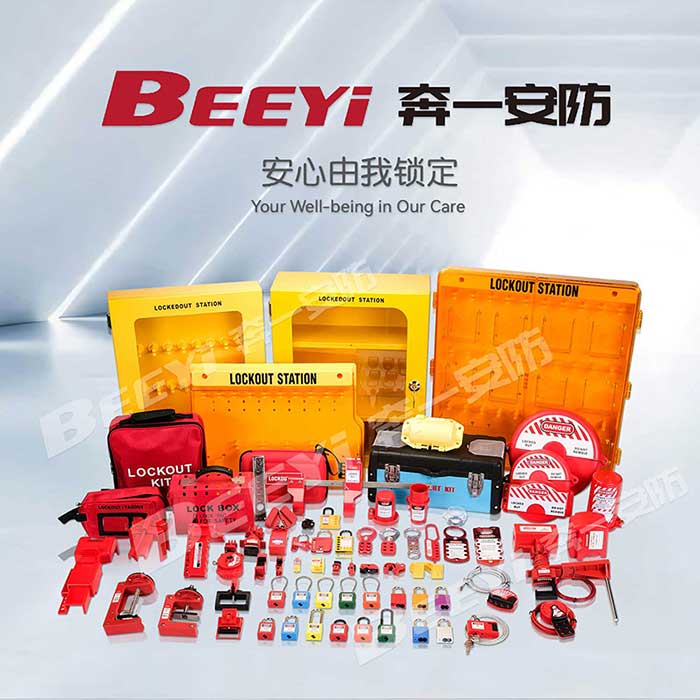Lockout hasps are essential safety tools that play a pivotal role in lockout/tagout (LOTO) procedures, which are designed to prevent accidental machinery startups during maintenance or servicing. These devices ensure that energy sources, such as electricity, gas, or hydraulics, are effectively isolated and secured, protecting workers from potential injuries. As industries around the world continue to prioritize workplace safety, understanding the pricing of lockout hasps becomes crucial for businesses aiming to comply with safety regulations without overspending.

What are Lockout Hasps? A lockout hasp is a device used to lock out equipment during maintenance, repair, or servicing tasks. Typically, a lockout hasp consists of a metal or plastic frame with a pin that allows workers to attach their locks. The main objective is to prevent unauthorized access to the equipment by securing the energy-isolating device in a safe state. In most scenarios, several locks can be applied to a single hasp, making it ideal for situations where multiple workers are involved in servicing the same equipment. Lockout hasps come in different designs, each serving specific industrial needs. Some can accommodate up to 6 or more locks, while others are designed for specific equipment or environments. Regardless of the variation, the pricing of these devices depends on a variety of factors, ranging from material to quantity.